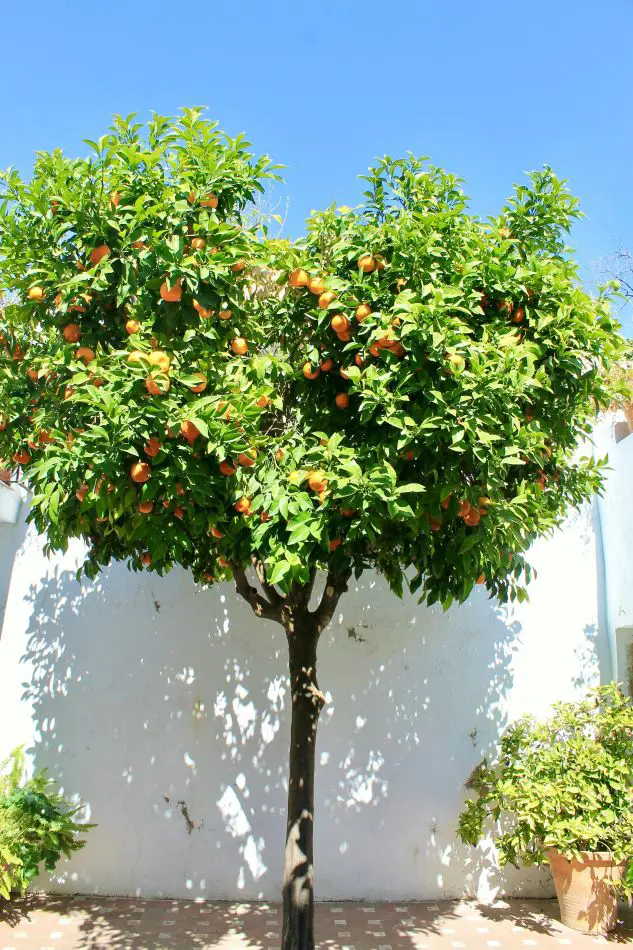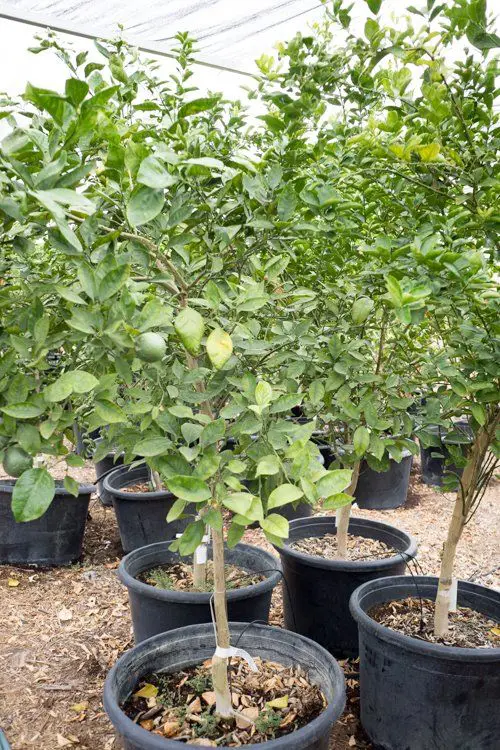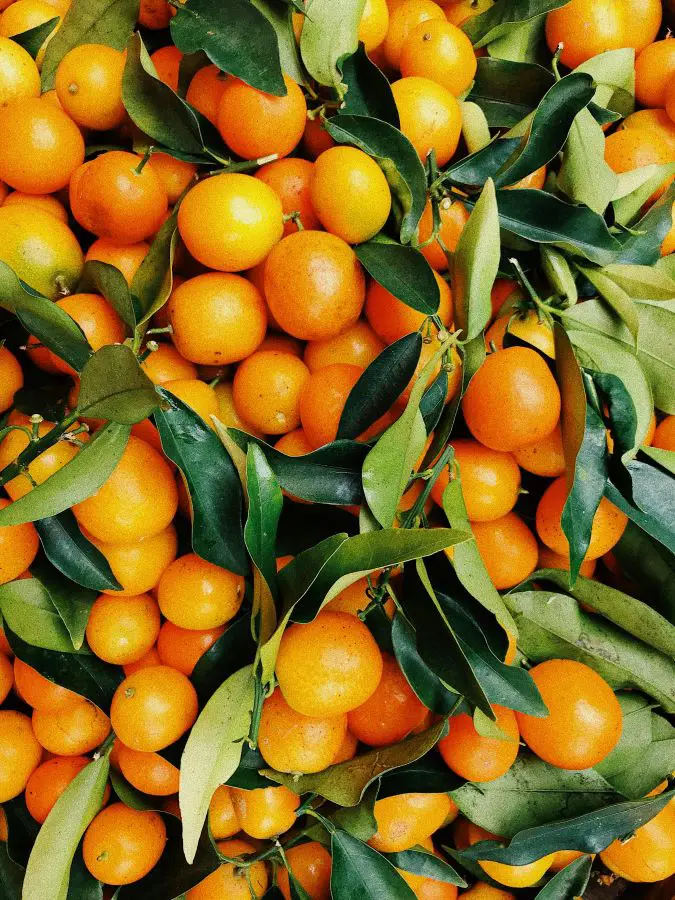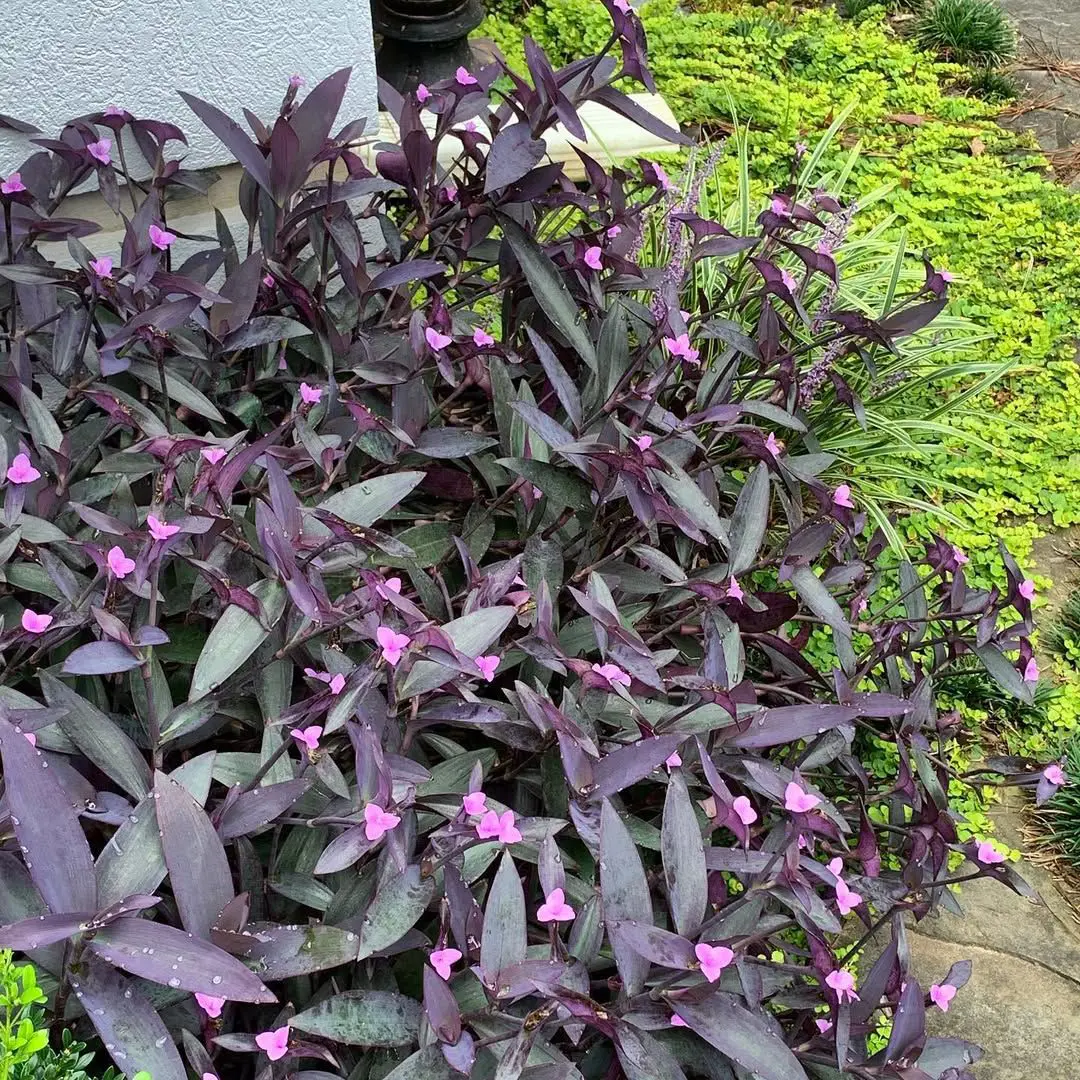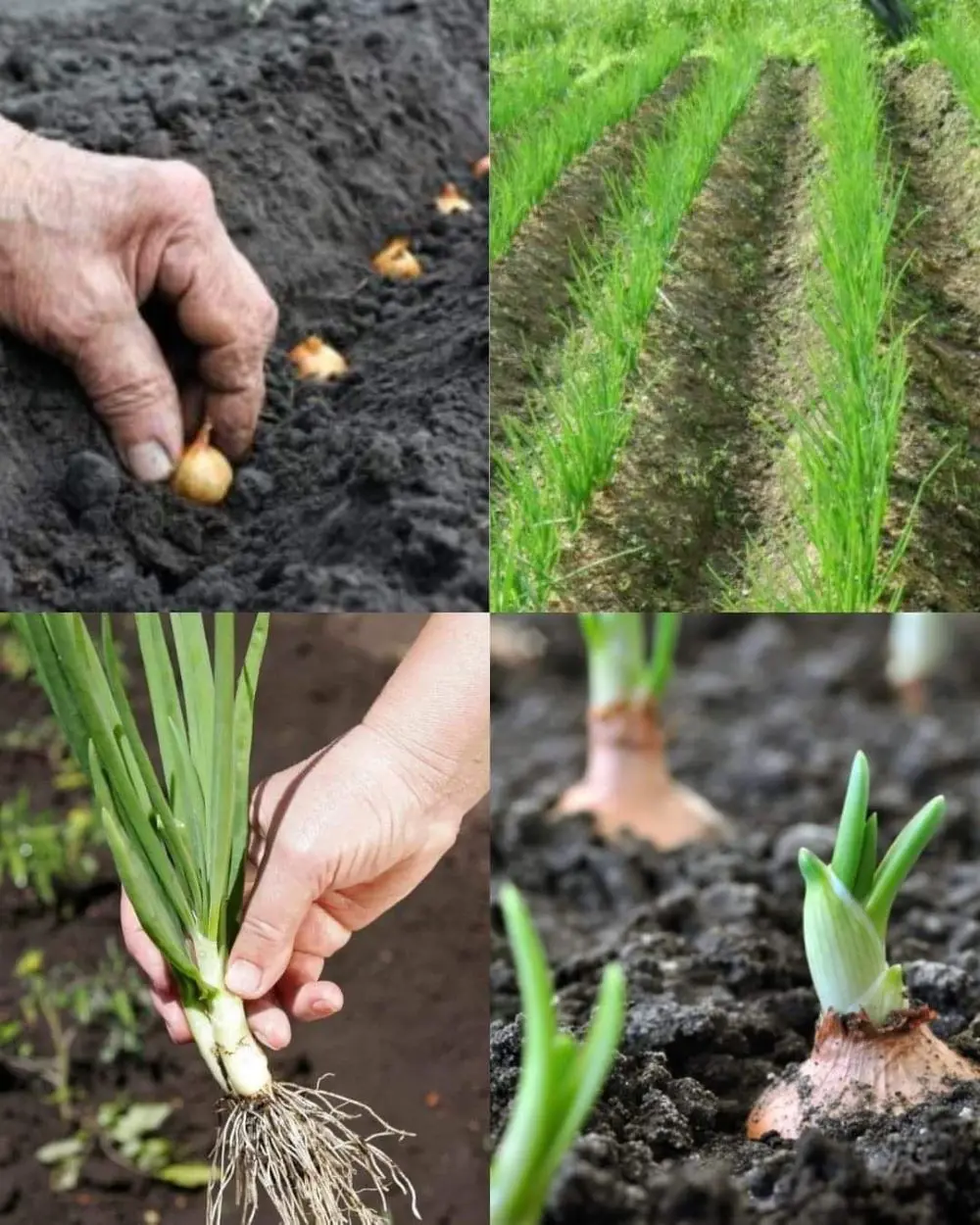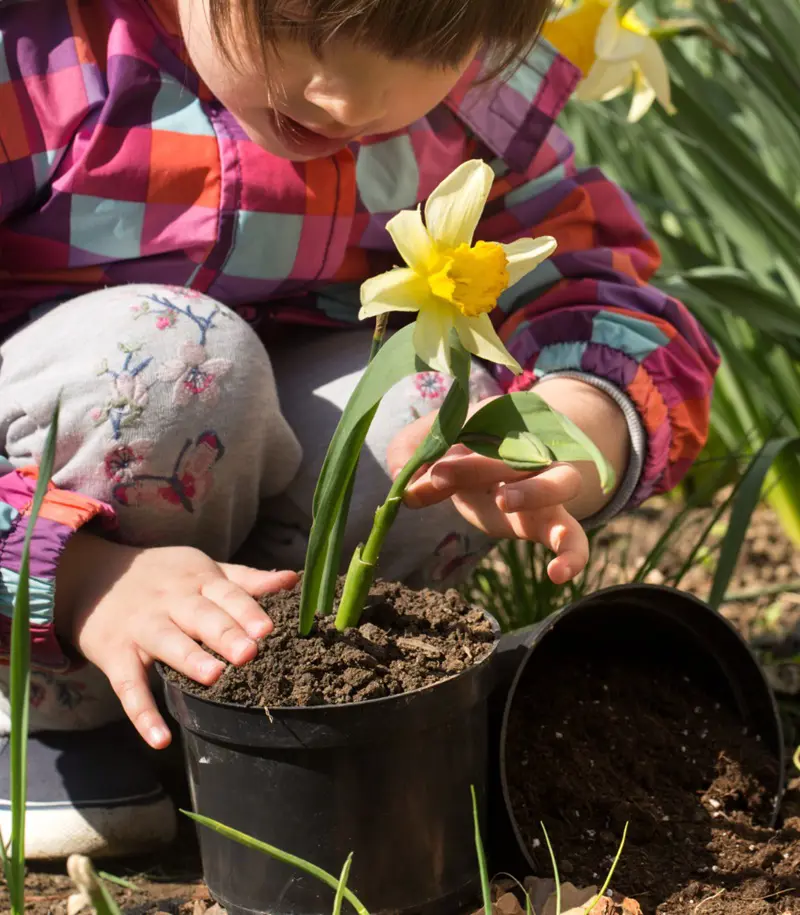Choosing The Right Orange Tree
Before growing oranges in your backyard, selecting the correct variety is crucial. This decision will impact your harvest, maintenance routine, and overall experience with your orange tree.
Valencia Oranges
It is a large, elongated fruit with a sweet and juicy taste. Valencia oranges are ideal for juicing and are used in the production of orange juice. Warm climates with high temperatures are necessary for these oranges to ripen. They thrive in regions like Florida, Texas, Arizona, and California.
Typically matures in January or February, but can be retained on the tree for several months after ripening.
Navel Oranges
These oranges are seedless, medium-sized fruit with a sweet taste. Navel oranges are consumed mainly as fresh fruit and are not suitable for juicing.
Navel oranges are versatile to various climates and can flourish in warm and temperate regions. The fruit ripens from fall into winter and remains on the tree for 3 to 4 months.
Blood Oranges
Blood oranges have red-colored flesh and a unique flavor. They are often used in cooking and are prized for their distinctive color. They require a warm climate with plenty of sunlight and protection from frost.
Available from early spring to late spring.
Bitter Oranges
This is a fruit with a sour taste that is often used for making marmalade. Bitter oranges are less common for fresh consumption but are valuable for their unique flavor.
These oranges are adaptable to a wide range of climates and can thrive in warm and temperate regions. Fruit is available throughout the year, depending on the specific variety.
Factors To Consider When Choosing An Orange Variety:
- Climate and Region:
You should ensure the chosen variety is appropriate for your local climate and region.
- Purpose:
Determine whether you want to grow oranges for juicing, fresh consumption, or both.
- Disease Resistance:
Select a variety that is resistant to common diseases in your region.
- Harvest and Maintenance:
Consider the harvest season and maintenance requirements for the chosen variety.
